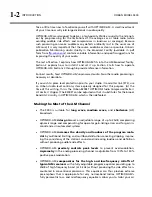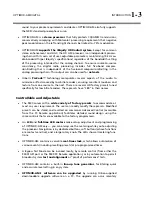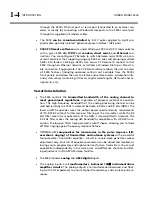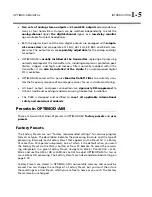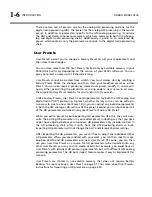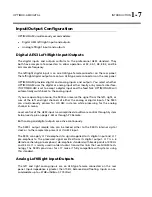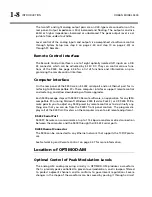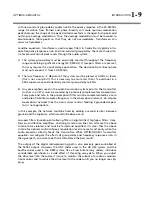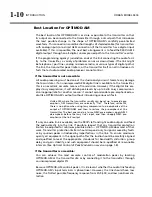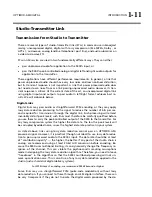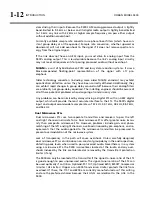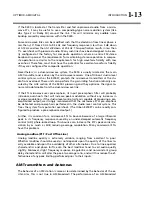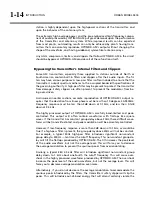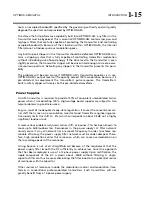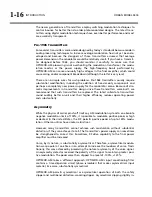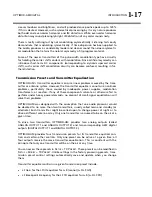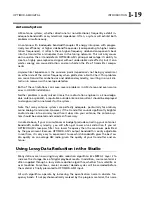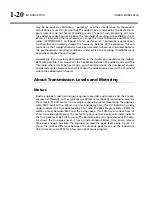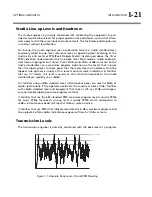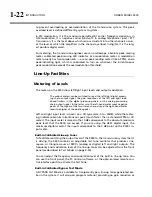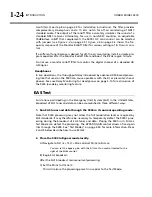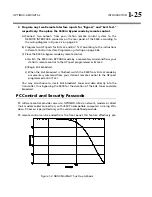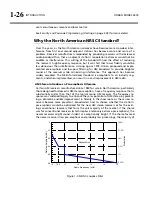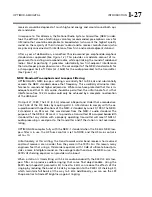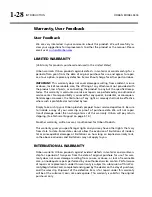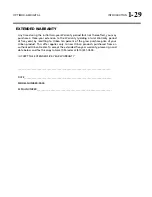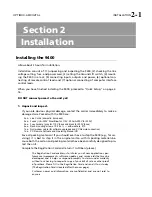
1-16
INTRODUCTION ORBAN
MODEL
9400
The newer generations of transmitters employ switching modulation techniques to
control bounce far better than do older plate-modulated designs. The latest trans-
mitters using digital modulation techniques have even better performance and most
are essentially transparent.
Pre-1965 Transmitters
Some older transmitters were under-designed by today's standards because modern
audio processing techniques to increase average modulation had not yet been de-
veloped and because the designers of those transmitters assumed that average
power demands on the modulator would be relatively small. If you have a transmit-
ter designed before 1965, you should monitor it carefully to make sure that
OPTIMOD-AM processing is not overheating the modulation transformer, the modu-
lation reactor, or the power supply. The high-frequency boost performed by
OPTIMOD-AM can cause unusually high voltages in the final amplifier, which could
cause arcing and/or component breakdown (although the latter is very rare).
There are no simple cures for such problems. Pre-1965 transmitters usually require
substantial modification, including the addition of heavier-duty components and
perhaps a completely new power supply for the modulator alone. Because of dra-
matic improvements in transmitter design since these transmitters were built, we
recommend that such transmitters be replaced. The latest solid-state transmitters
sound audibly better on-air and their higher efficiency reduces operating power
costs substantially.
Asymmetry
While the physics of carrier pinch-off limit any AM modulation system to an absolute
negative modulation limit of 100%, it is possible to modulate positive peaks as high
as desired. In the United States, the FCC permits positive peaks of up to 125% modu-
lation. Other countries have similar restrictions.
However, many transmitters cannot achieve such modulation without substantial
distortion, if they can achieve it at all. The transmitter's power supply can sometimes
be strengthened to correct this. Sometimes, RF drive capability to the final power
amplifier must be increased.
Voice, by its nature, is substantially asymmetrical. Therefore, asymmetrical modula-
tion was popular at one time in an attempt to increase the loudness of voice. Tradi-
tionally, this was achieved by preserving the natural asymmetry of the voice signal.
An asymmetry detector reversed the polarity of the signal to maintain greater posi-
tive modulation. The peaks were then clipped to a level of -100%, +125%.
OPTIMOD-AM takes a different approach: OPTIMOD-AM's input conditioning filter
contains a time dispersion circuit (phase scrambler) that makes asymmetrical input
material, like voice, substantially symmetrical.
OPTIMOD-AM permits symmetrical or asymmetrical operation of both the safety
clipper and multiband distortion-canceling clipper. Asymmetrical clipping slightly in-
Summary of Contents for Optimod-AM 9400
Page 1: ...Operating Manual OPTIMOD AM 9400 Digital Audio Processor Version 1 2 Software...
Page 7: ...Operating Manual OPTIMOD AM 9400 Digital Audio Processor Version 1 2 Software...
Page 52: ......
Page 204: ......
Page 232: ......
Page 260: ......
Page 261: ...OPTIMOD AM DIGITAL TECHNICAL DATA 6 29...
Page 267: ...OPTIMOD AM DIGITAL TECHNICAL DATA 6 35 CPU Module...
Page 273: ...OPTIMOD AM DIGITAL TECHNICAL DATA 6 41 RS232 BOARD PARTS LOCATOR...
Page 275: ...OPTIMOD AM DIGITAL TECHNICAL DATA 6 43 8300 POWER SUPPLY PARTS LOCATOR...
Page 284: ...6 52 TECHNICAL DATA ORBAN MODEL 9400 DSP BOARD PARTS LOCATOR DRAWING 32170 000 14...
Page 292: ...6 60 TECHNICAL DATA ORBAN MODEL 9400 DISPLAY BOARD PARTS LOCATOR...
Page 293: ...OPTIMOD AM DIGITAL TECHNICAL DATA 6 61 DISPLAY BOARD...

